Table of Contents
- Create and Optimize Google My Business Profile
- Run Promotions
- Grow Awareness Through Social Media
- Build Email List
- Optimize for Mobile Commerce
- Improve Your Customer Services
- Collect Reviews and Feedback
- Focus on Your Loyal Customers
- Create High-quality, Engaging Content Frequently
- Offer Complementary Products
- Conclusion
10 Fantastic Strategies to Grow Your ECommerce Business
Setting up an eCommerce store is easy, but it’s challenging to scale and grow an eCommerce business.
These days when everyone can build an e-commerce store, you need solid strategies and proven tactics to grow your business so that you can survive through the competition.

Source: Pinterest
So what can you do to stay ahead of the curve?
We’ve compiled a list of 10 fantastic strategies, extra tips, and excellent examples to guide you in bringing your e-commerce to the next level in the coming year.
Okay, let’s start!
Create and Optimize Google My Business Profile
According to Internet live stats, more than 6.4 billion people are using Google today to search for something.
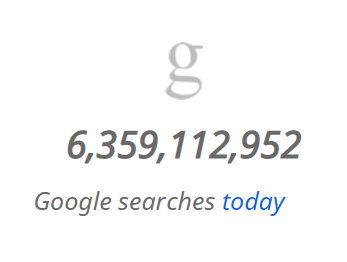
And this also means you’ve got a huge opportunity to reach more prospects if your business is showing on Google.
There are a few ways to make your business show on Google, such as through Search Engine Optimization (SEO) and Google Advertising (PPC).
However, both methods require time and effort (and money for PPC!), which can be difficult, especially if you have a tight budget and limited resources.
That’s why Google My Business is so important! It’s a free listing tool provided by Google that helps to promote local businesses online. Even if you want more engagement, you can opt to schedule Google my business posts.
Google My Business will display your business information:
- Business location
- Contact number
- Website
- Operating hours
- Photos and videos
- Reviews (Google Reviews and reviews from other platforms)
- Links to your social media
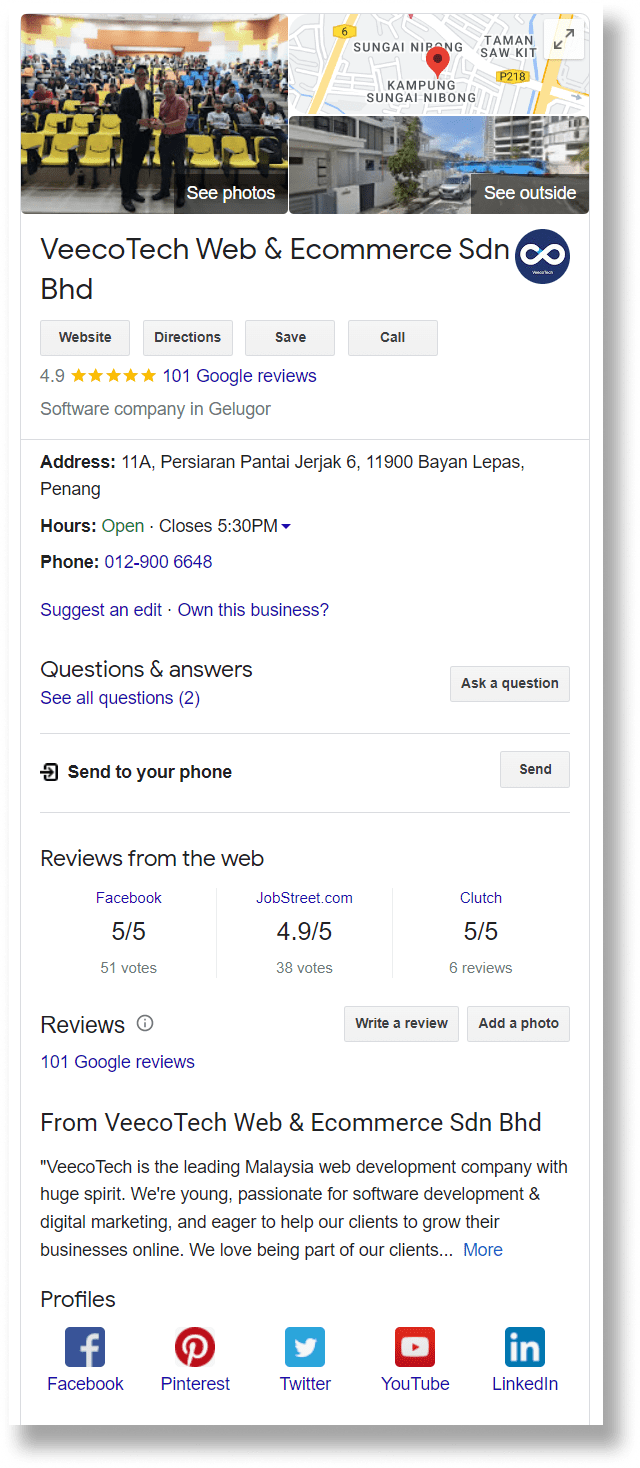
I’ve no room to discuss the benefits of Google my business, but a survey found that 64% of consumers have used Google My Business to find contact details for a local business.
If you haven’t set up your Google My Business, follow this step-by-step guide below to claim your Google My Business for free.
If you have set up your Google My Business, read this guide to learn more about optimizing your Google My Business to boost your sales. Anyway, here’s a summary (with infographic) for you:
- Update your Business Name, Address, and Phone Number (NAP)
- Complete your business category, description, and attributes
- Add more images, GIF, and videos to showcase your business
- Ask for more reviews and respond to them politely
- Turn on messaging to encourage people to contact you
- Add Google Posts to share your business updates
- Utilize Google My Business Free Marketing Kits to enhance your post
- Track your customer paths through Google My Business Insights
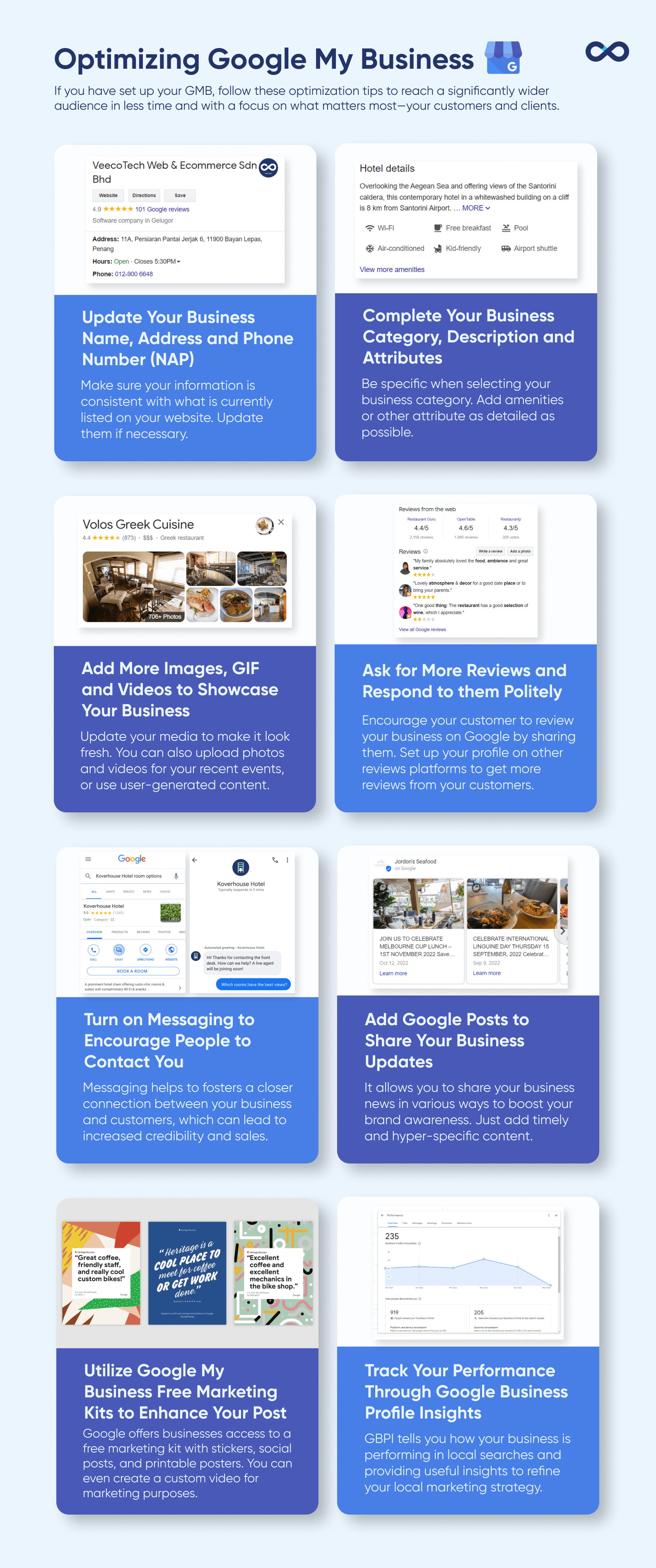
Run Promotions
Perhaps this is the most straightforward way to grow your online business. It’s one of the most popular methods people use to grow their businesses.
E-commerce promotions enhance your online sales by promoting your brand and encouraging consumer loyalty.
There are many ways to show your promotion, but two main methods are placing on your website/e-commerce platform or email marketing.
Here are 5 promotional ideas for you to consider:
Sale Price
You can’t beat the old standby. Adding “20% Off” or “$20 Off” to an item’s reduced price can often be all it takes to make the sale. Here’s a great example from Space NK. Notice that it used Enjoy £15 off every £60 spent as an attractive headline, and also included a “Shop Now” call to action (CTA) button to encourage users to click it.

In addition, you can also try discount coupon codes like how Samsung did this.
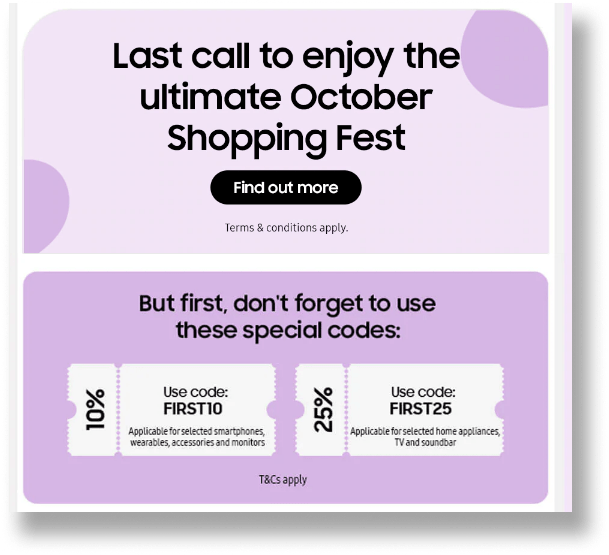
Flash Offers
Promotions that run within a specific time, including a high-value offer that potential customers will find irresistible. These could be a massive discounts, product bundles, or popular seasonal products.
The primary purpose of flash sales is to lure shoppers into impulse purchases motivated by the fear of missing out (FOMO) on an incredible, one-off, short-lived price cut. See how Liz Earle includes all the necessary details, like the products on sale, the discount offered, and the flash deal duration.
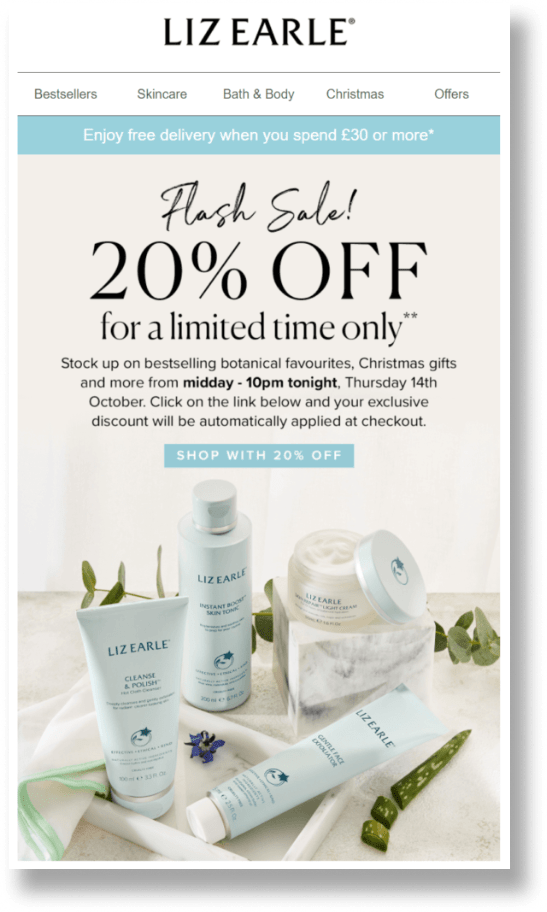
You can also promote flash sales by placing them in the website notification bar on your home page.
Buy One, Get One Free
If you’ve any high-volume products, you can use this promotion as it pulls double duty: It works well because customers get each one at half its regular price, and they don’t need to buy another one so soon. Besides, this promotion is also great for overstocks or to clear out last year’s models or styles to make room for new stock.
Check out how Aéropostale X Bluenotes runs “Buy One, Get Two Free” promotions on their website during the Halloween event.
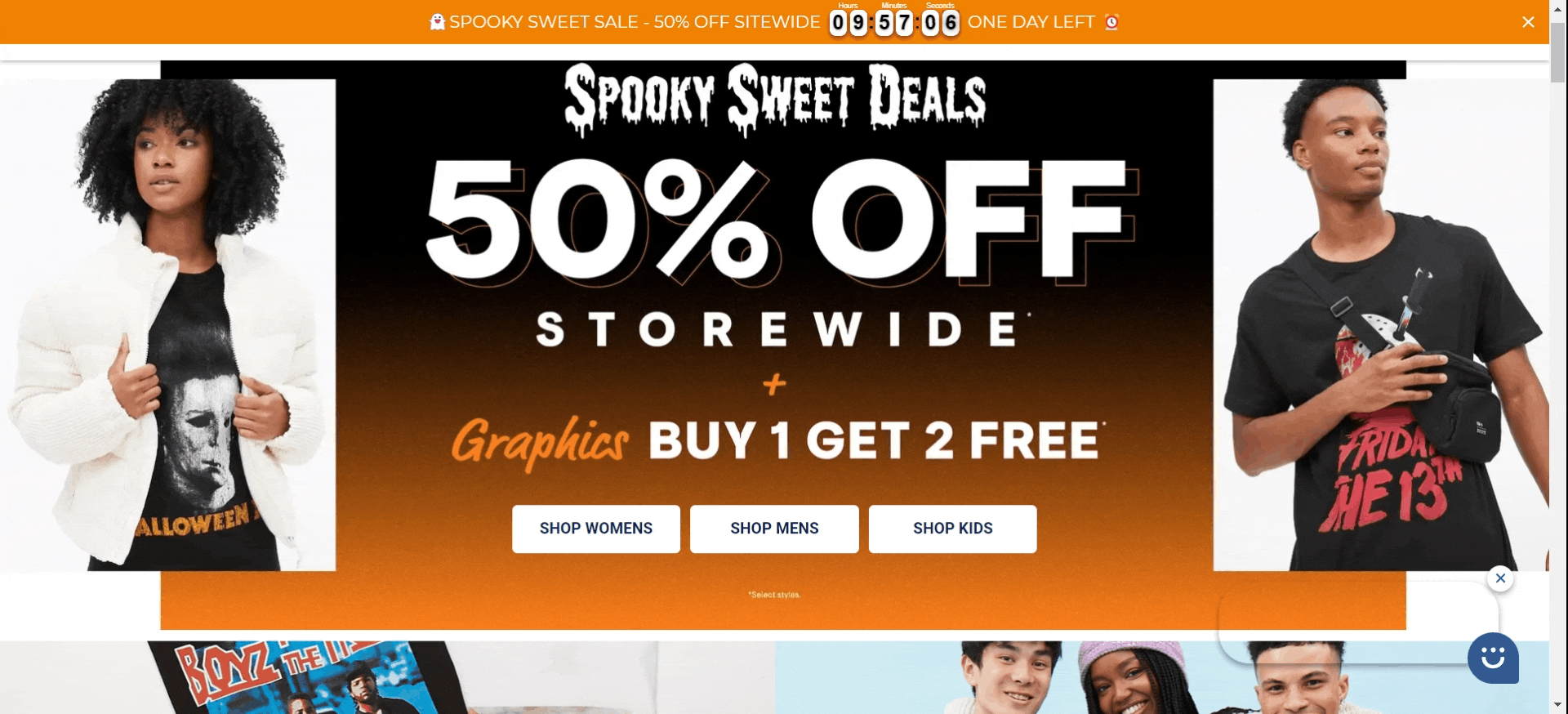
Free shipping
Don’t overlook the power of free shipping! Any shopper looking to save money will choose the free shipping website over one that doesn’t.
If shipping charges aren’t always free on your site, consider providing a free shipping option to your customers.
You can showcase the free shipping using the notification bar, pop-ups, or email marketing,
Here’s an example from Islee, showing the free shipping on the notification bar.
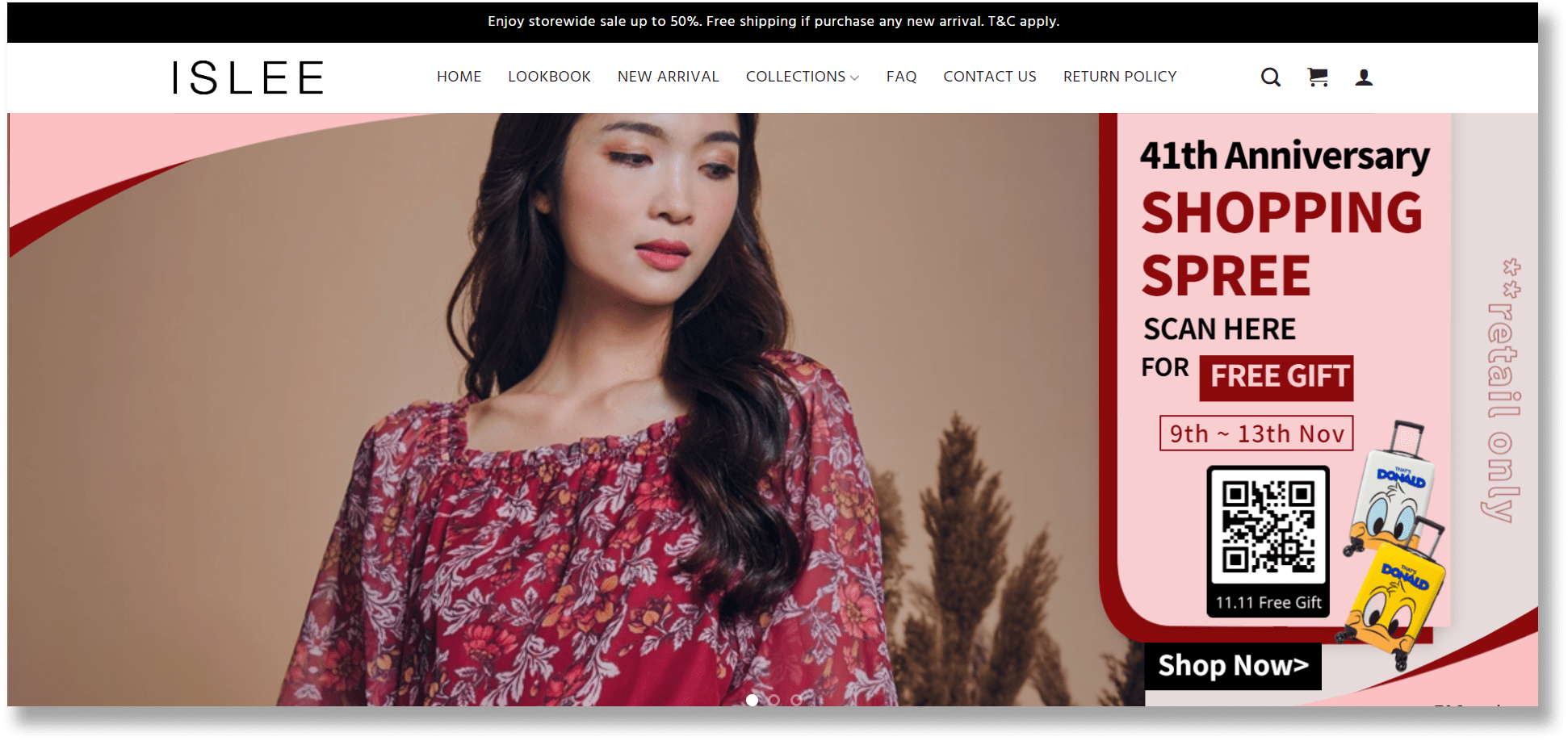
Free Gift
Including a free gift with every purchase can be a fun way to add a little extra connection between your brand and your customers.
Rifle Paper Co is the perfect example of running a free gift promotion when a user purchases something over $25. It even includes “Last Chance” to create urgency or FOMO.
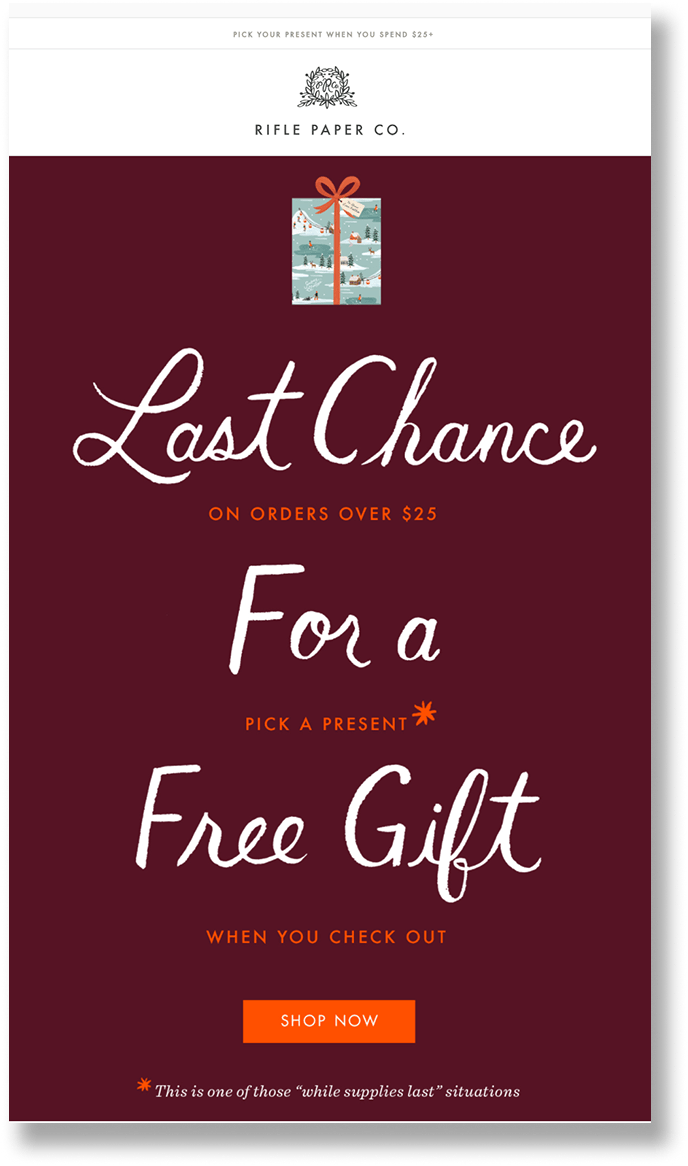
Source: Really Good Email
The key to a good promotion is to look at it through your visitor’s eyes: what would someone considering buying this item see as valuable? Build your promotion from the answer to that question.
Grow Awareness Through Social Media
Don’t underestimate the power of social media in growing your e-commerce!
With more than 5.04 billion social media users worldwide, you’re gaining a pool of prospective customers who see your products or services.
Social media can help your e-commerce by:
- Building your brand awareness through consistent posting
- Advertising your products, be it images, video, carousel, or collection ads
- Serving as a second platform to sell your products
- Becoming your customer service channel
- Increasing your sales through positive reviews from social media users
- Acting as a social listening tool to understand how the public perceives your brand
Okay, now you’ve known how social media helps to promote your eCommerce store and reach new audiences. Here are some practical tips for growing your e-commerce through social media:
Tip 1: Be Creative
Try different types of posting (images, videos, carousels, etc.). In terms of content, making every post directly related to sales is not necessary. You can use Instagram Stories, live broadcasts, or TikTok to entertain your audience and build a stronger relationship with them.
Here’s a great example from Ikea:
Tip 2: For video, consider short-form video content
98% of marketers believe that video will play an important role in marketing over the coming years.
When creating a video for ads, try your best to keep your video within 30 seconds. Research from Facebook found that Instagram video ads that were 6 seconds long drove better results compared to 15 and 30 seconds long. Take a look at this Oreo Facebook video Ad.
If you need help creating high-quality marketing videos that drive more leads to your e-commerce, feel free to reach out to us today!
Tip 3: Keep Your Posting Consistent
Research from Hootsuite found that consistent posting is essential if you want to see results faster. It’s recommended to post between 3-7 posts a week. A consistent post also helps people to remember your brand and promotion easier.
Build Email List
We all know that email marketing has a very high ROI.
Besides high ROI, email marketing is very effective in building your credibility, developing your brand awareness, driving more sales, and retaining your customer.
By having an email list through email marketing, it’s easier for you to send personalized offers, exclusive content or other valuable giveaways to keep your customer.
But how to get emails from your customers without a lot of effort?
Of course, there are tons of ways to get their email, such as scraping manually or using an email finder tool but one of the easiest methods to get an email list is a pop-up.
Entry or Time-based Pop-ups
Based on research, the average popup conversion rate is 11.09%, which is effective in driving conversion. There are several types of pop-ups, such as entry, time-based, and exit intent pop-ups.
Entry or time-based pop-ups appear when a user arrives at your website after some time.
However, you need to make sure that the message or the offers in the pop-ups are relevant to the content of the page could appear. This helps to increase the possibility of a subscription.
Look at how Farfetch uses an entry pop-up with a 10% off voucher to invite visitors to sign up for the email list to get free information about new information and strategies.
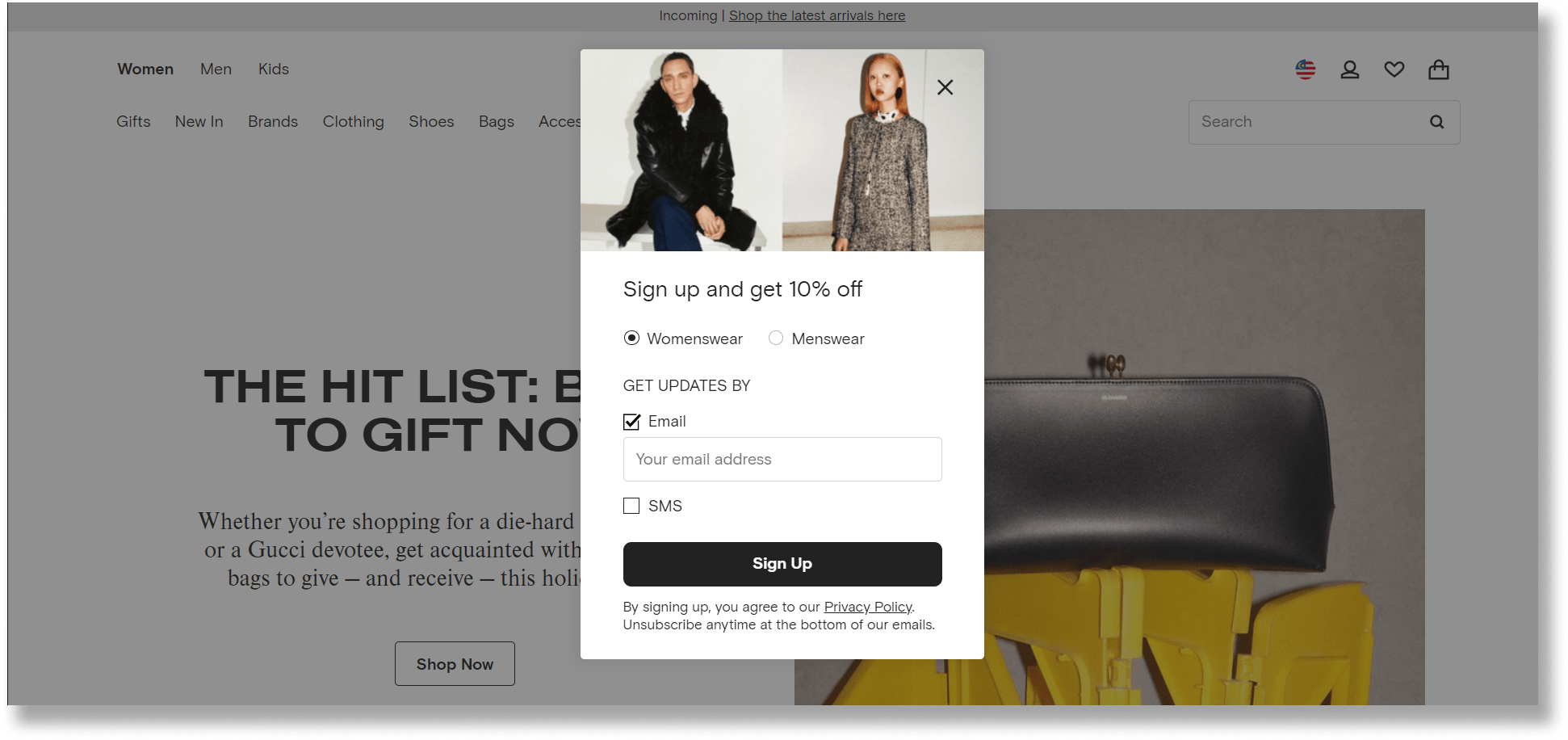
Exit Intent Pop-ups
Exit intent pop-ups will appear only once they’re about to leave your website, so they’re not invasive. On this pop-up, you can offer them a discount or an offer in exchange for their emails. Here’s an amazing example of an exit intent pop-up by Privy.
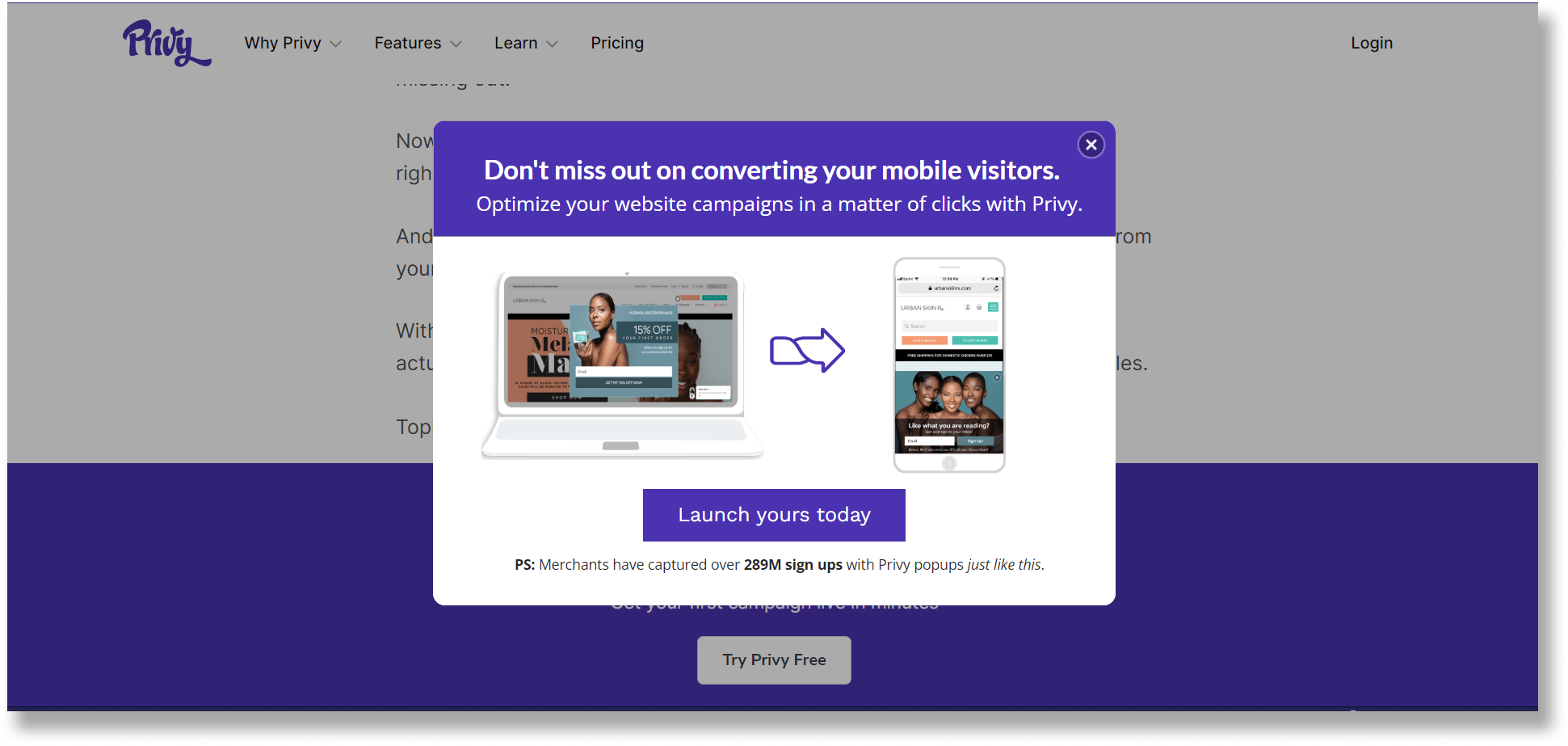
If you’re interested to know the details of setting up an email list, read this article.
Optimize for Mobile Commerce
A finding from Smart Insights shows that mobile search has already triumphed over desktop. To avoid missing sales opportunities from mobile users, here are 4 tips to enhance your mobile commerce performance:
Tip 1: Make sure It Is Mobile Responsive
You know it’s very difficult to see a page that is not mobile responsive.
Therefore, it’s crucial to ensure your e-commerce store is mobile-friendly. You can use this free tool by Google to check the responsiveness.
Tip 2: Reduce Pop-ups and Sidebar
Besides, reduce pop-ups (yes, it works well for desktop but sadly not for mobile) as it’s difficult for users to close the pop-ups, especially those with smaller phones. FYI, Google has published changes in punishing pop-ups that are hard to close.
However, this doesn’t mean you cannot use pop-ups on mobile as long as you follow the best practices.
Also, avoid adding a sidebar because this makes it users hard to view your products and descriptions.
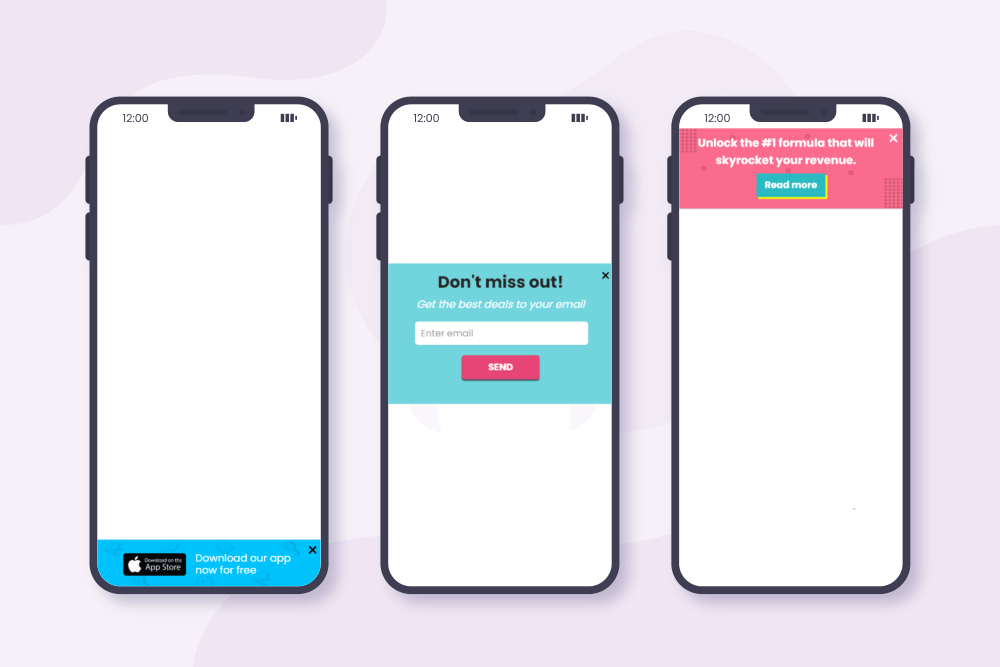
Source: Poptins
Tip 3: Place Important Stuff In the Upper Taskbar
Navigation taskbar is very useful for e-commerce. It allows users to perform crucial actions without navigating to other pages.
Remember to add your shopping cart on the top right to make it easy for a user to know the number of items in their cart. It also helps the user checkout easier.
Check out the example from J.Crew. Notice that the bar includes a left side menu bar, a search function, a user login feature, and a shopping cart.
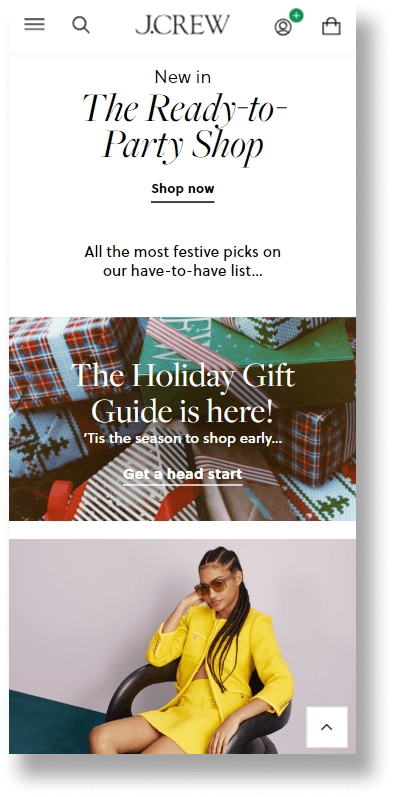
Tip 4: Simplify Checkout Process
Do you know that 25% of abandoned carts result from the required sign-up process?
To avoid that happening, one of the simple ways is to enable a guest checkout option so that users do not need to create an account to buy something from your store.
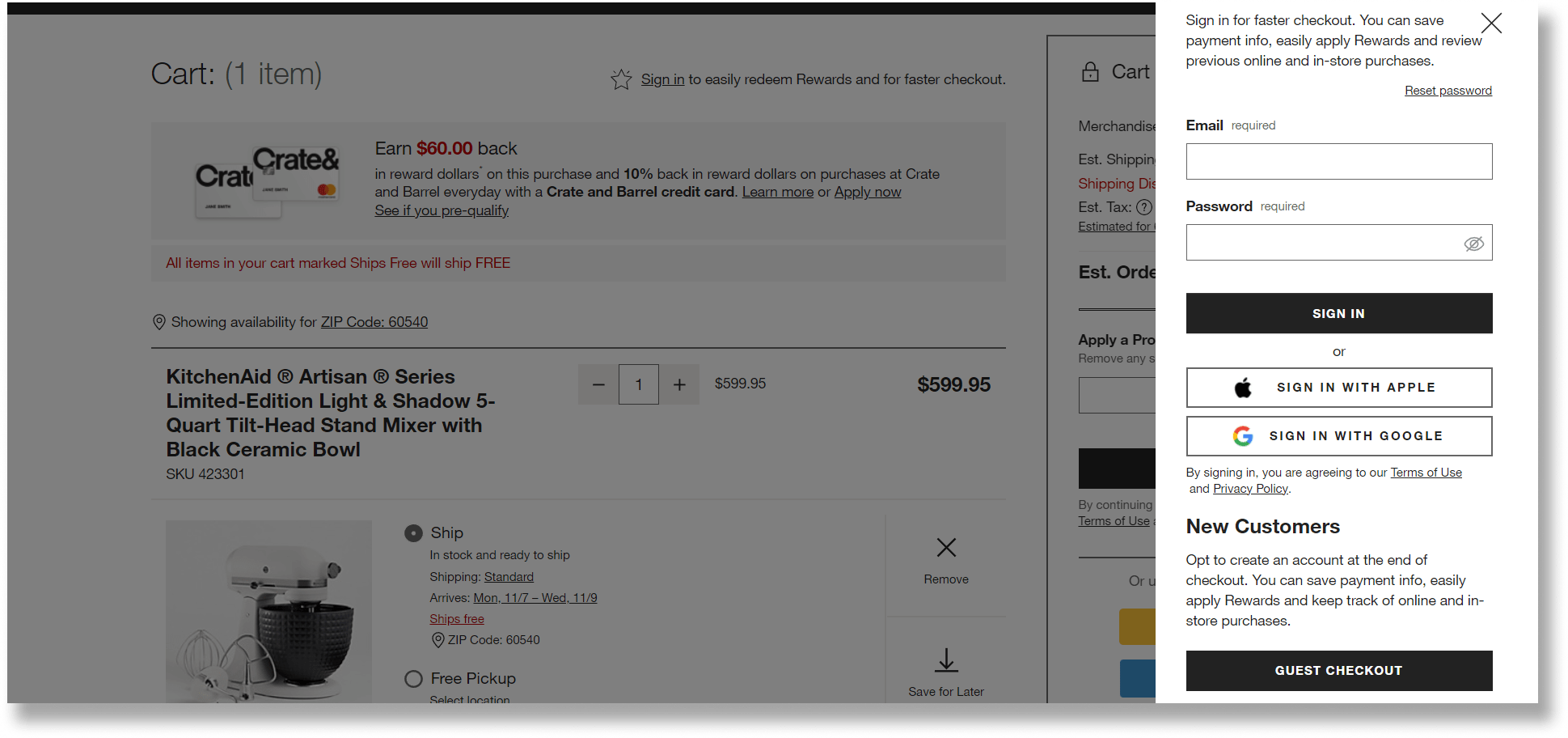
Besides, offering various payment options is also a great way for customers to complete the checkout process, as different customer favor different payment options.
For eCommerce merchants that grow their brick-and-mortar stores, simplifying the checkout process is very important. That is the reason you need to speed up transactions and sync orders and sales data both online and offline with an advanced POS system.

Improve Your Customer Services
As customers’ expectations for the ideal online shopping experience increase, customer service becomes essential to thrive in a competitive e-commerce landscape.
On the other hand, research shows that the cost of attracting new customers is 5x higher than retaining them. Hence, keeping your customer service excellence is crucial if you want to be successful long-term.
Here are 3 practical tips for enhancing your customer service:
Tip 1: Leverage Chatbot or live chat
According to Econsultancy report, 79% of customers prefer live chat because of its immediacy compared to other channels. If you can answer your customers’ questions instantly, they’ll be more likely to get back to you.
However, most of us don’t have much time to answer every question customers ask, especially when we have limited resources or during peak sessions.
Hence, if you have a live chat feature on your e-commerce store, your customer can instantly resolve their question, which makes them feel satisfied.
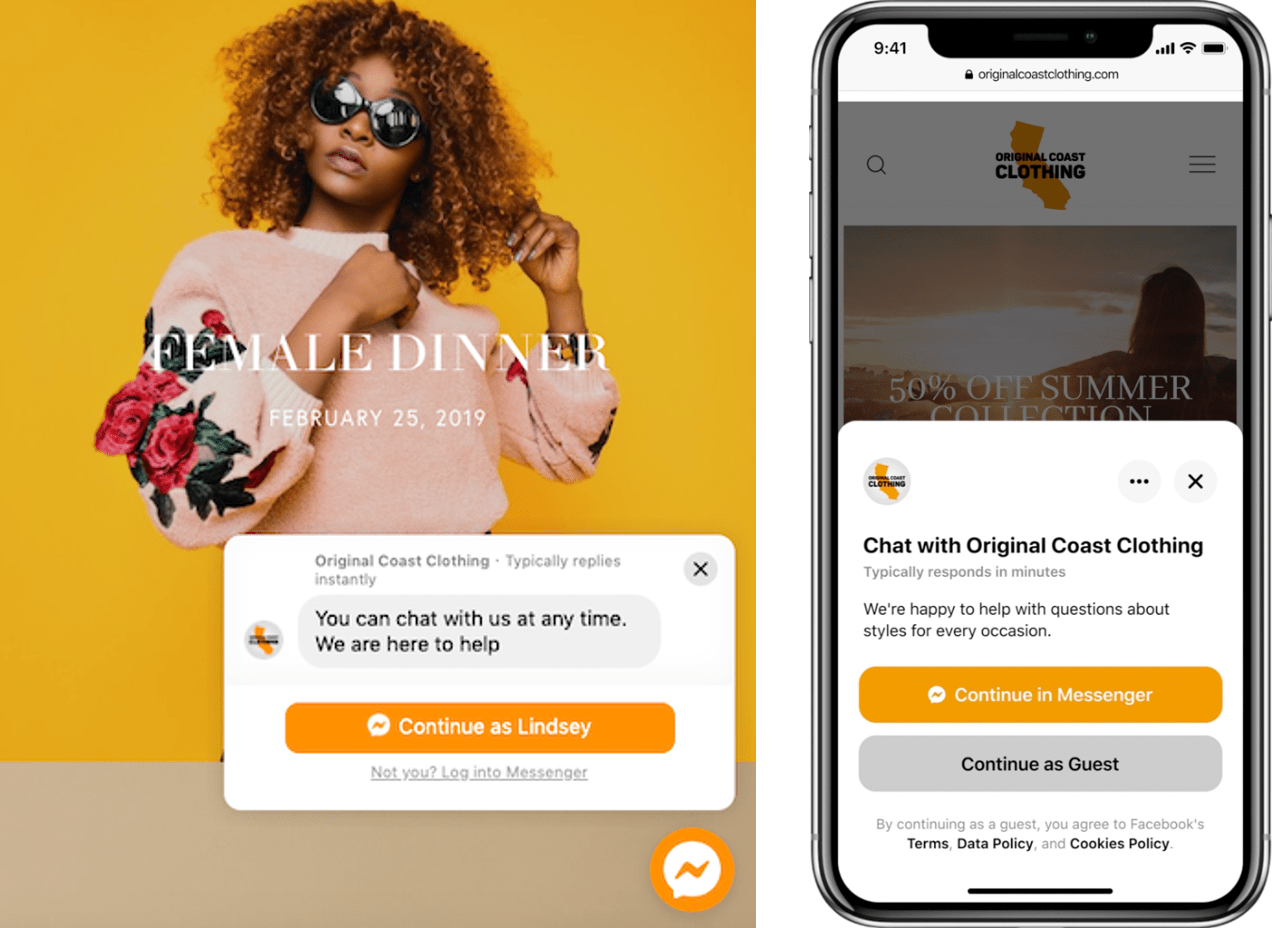
Feel free to contact us if you need help developing and incorporating a live chat on your website.
Tip 2: Prioritize Transparency
Building trust is hard, especially due to increased scams and fraud.
However, you can still build trust with your customer by prioritizing transparency.
You can achieve this by sharing the information that your customer wants to know on your e-commerce store. This includes the product’s price, additional fees, terms and conditions, etc.
Besides, always communicate with your customers and ask for their feedback. This helps you to enhance your service and delight your customer.
Tip 3: Develop Omnichannel Customer Service
In simple terms, omnichannel customer service refers to providing customer assistance and advice across multiple channels, such as website, app, social media, email, etc., to ensure a seamless customer experience.
As more than 70% of shoppers use multiple channels across their buying journey, having omnichannel customer service can give customers a holistic shopping experience.
But one question remains, how do I monitor all these channels?
One of the best ways is to invest in customer-relationship management (CRM) system, as a CRM tool collects the data that helps businesses recognize and communicate with customers in a scalable way.
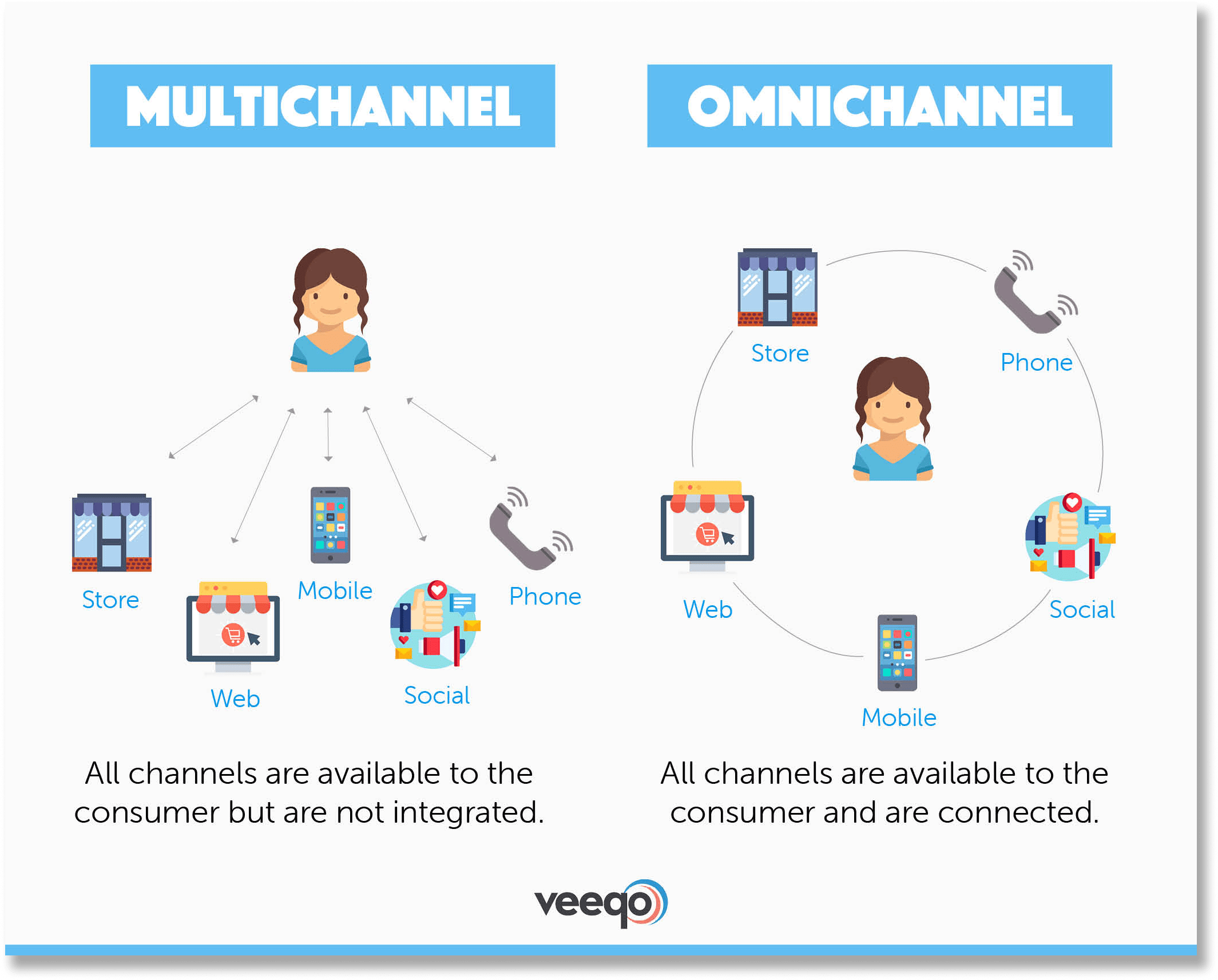
Source: Veeqo
Interested to learn more about developing an omnichannel marketing strategy? Read this comprehensive guide.
Collect Reviews and Feedback
Every business person knows that positive or constructive reviews are extremely crucial as they directly impact your business results.
Marketing research shows that 92% of consumers read online reviews and testimonials when purchasing.
Consider the last time you made an online purchase. You probably looked at the product’s overall star rating before deciding to buy the product. Some people might even go through the reviews of previous customers one by one.
Why? It’s because personal recommendations and word-of-mouth are more powerful. These positive reviews help new customers to build trust in your brand and products.
If you have an e-commerce store, chances are you already have the in-built feature to allow reviews to show on your store. Here’s an example from Drip.
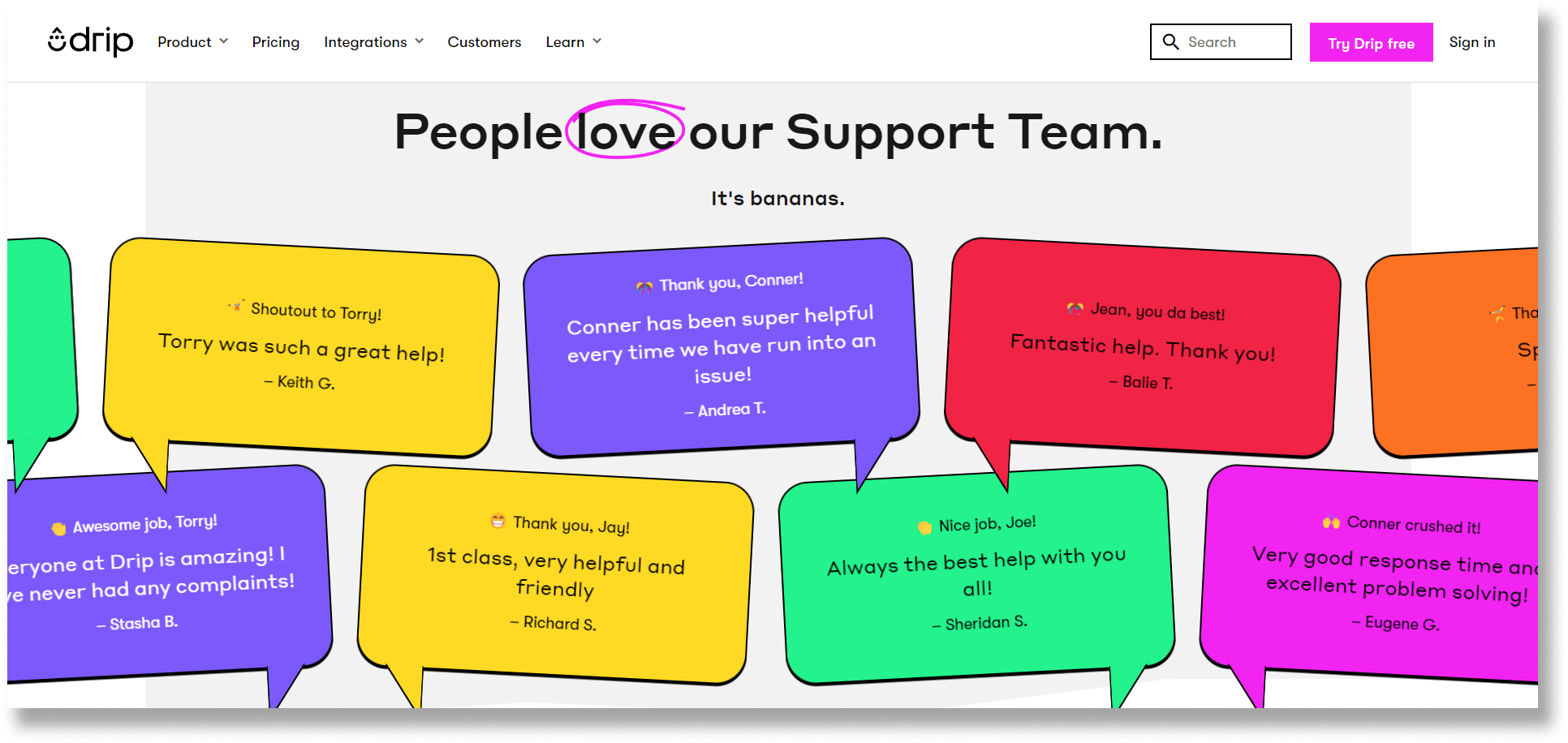
However, don’t forget the reviews on third-party sites, such as Google Reviews, Trustpilot, Clutch, etc. You can highlight those on your e-commerce site, like how KreativePro Masterclass did.
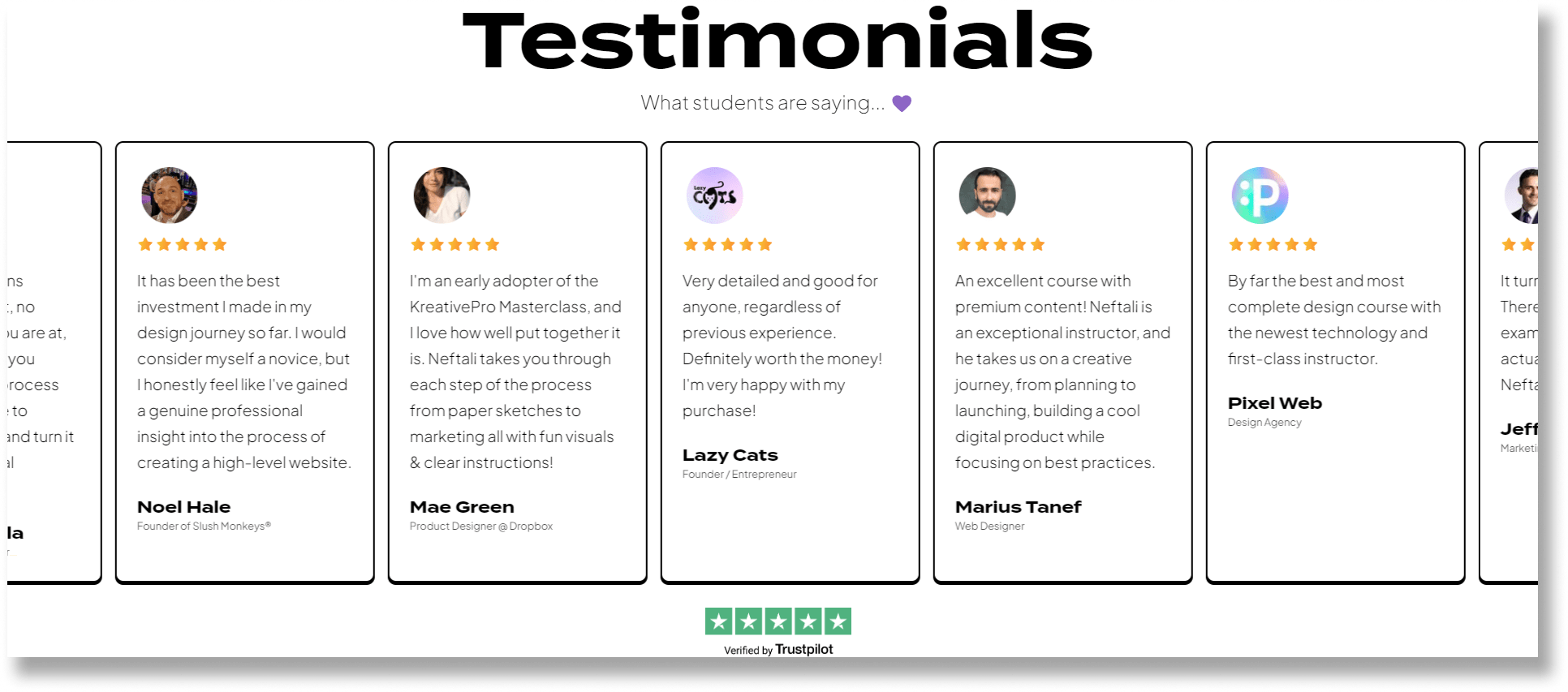
If you’re struggling to encourage customers to give more positive reviews and feedback, here are 3 useful strategies for you:
Tip 1: Follow Up with Buyers using email
If you’ve set up email marketing for your e-commerce business, utilize it to send them an email after making a purchase. Here’s an example from Reliablesoft.
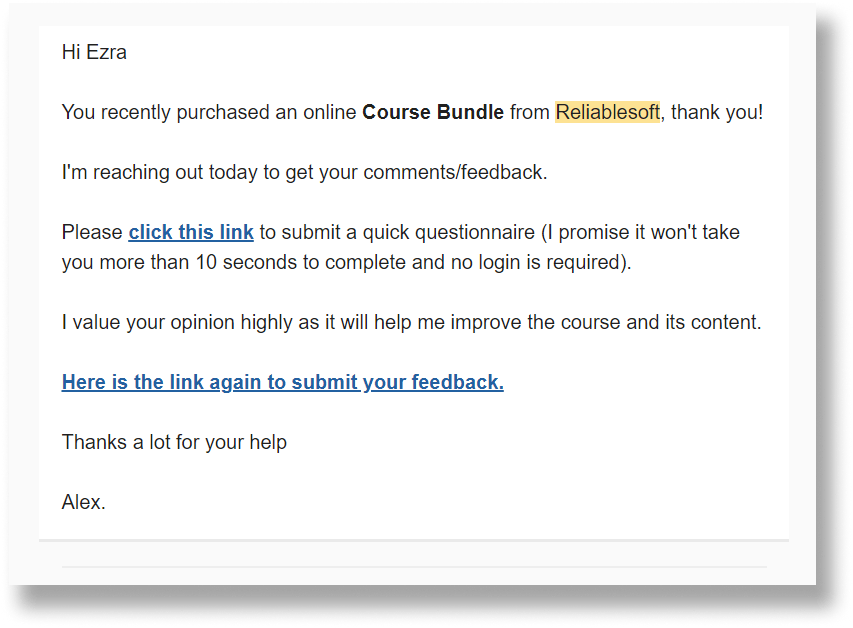
Besides, you can also increase their response rate by providing a discount offer or vouchers if they want to write an honest review about their experience with your business. Take a look at how Camera Ready Cosmetics did this.
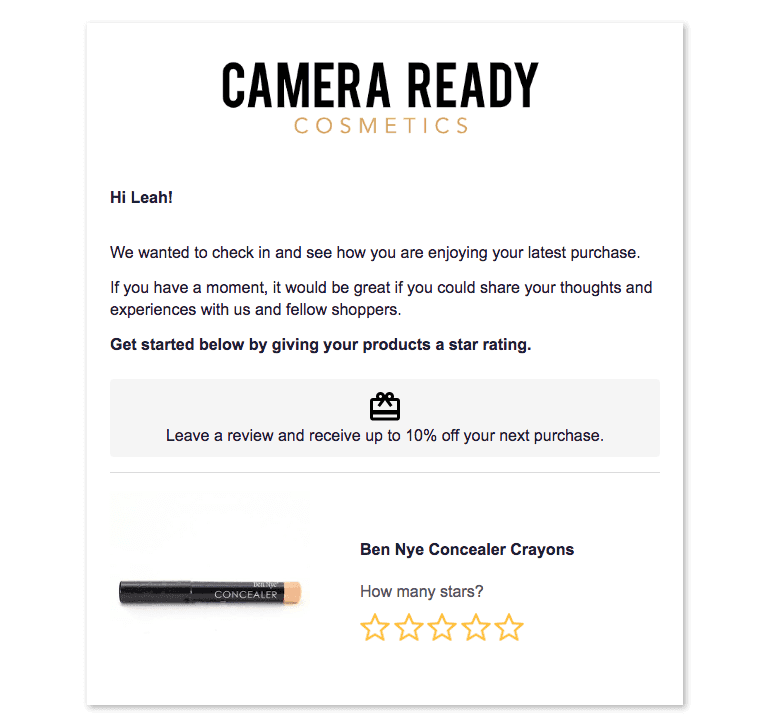
Tip 2: Make the process of reviews painless
The more steps it takes for a customer to do something, the less likely they are to do it.
To encourage your customer to leave a review, you can ask for it right after checkout and include a pop-up with a clickable star-rating option.
You can make your “Leave a review” button more visible and add as few fields to fill in as possible.
You can even create a QR code for reviews and get it to pop-up after they checkout. This would make it much easier for them to leave a review using their phones.
Remember to simplify your review form. A headline and the body field are far enough.
Avoid asking for extra details like name or email. These should automatically fill in if they are signed up on your website. Check out this great example from Mack Weldon.
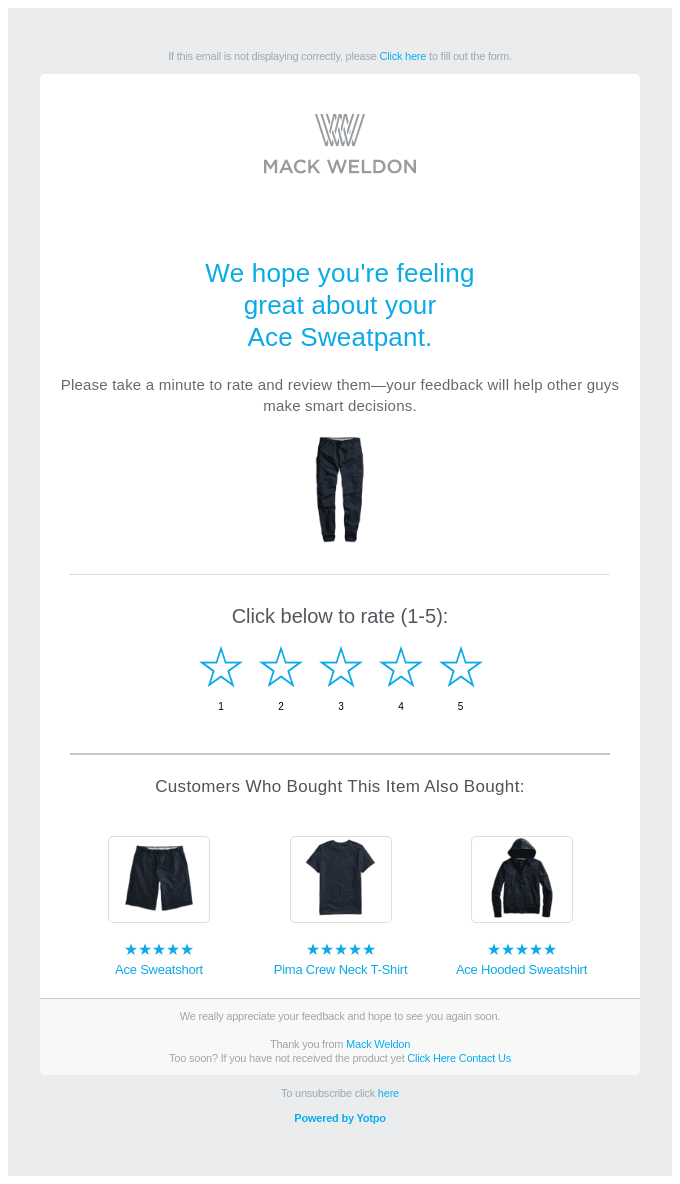
Image Source: Really Good Emails
Tips 3: Provide Various Platforms to Review
As different customers favor different platforms, don’t limit them to reviewing on one or certain platforms.
Make yourself available on the platform that people use daily. This allows you to increase the number of reviews and social proof.
For example, other than asking your customer to write a review on Google, provide them options to provide reviews on
- Yelp
- Trustpilot
- Clutch
- Your Website
You can also look at the review platforms available by your competitors.
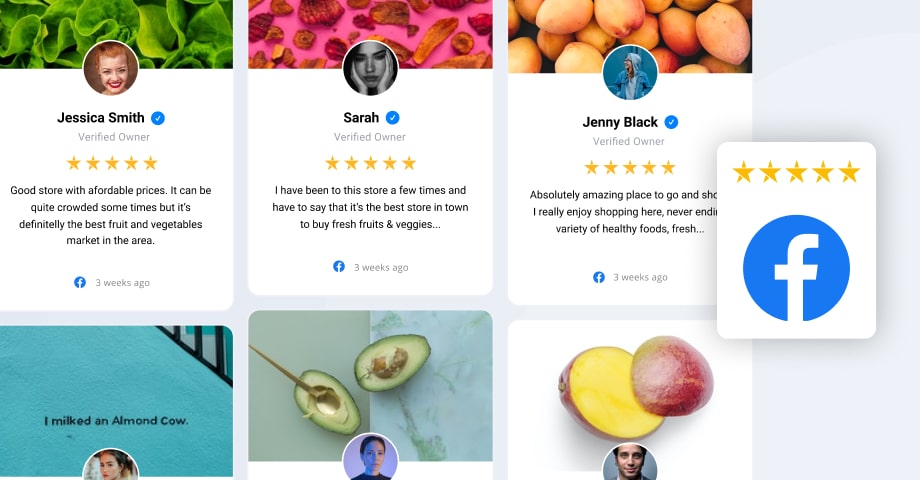
Image: Embed Social
Focus on Your Loyal Customers
Although most businesses want to capture new customers, returning existing customers will consistently yield a higher ROI and costs 5 to 25 times less.
However, retaining customers is not easy as there are too many competitors. Customers are overwhelmed by too many choices.
But don’t worry. Here are some proven ways to retain your customers:
Tip 1: Consistently Delight Your Customers
If you want a sale, you must fulfill your shoppers’ needs.
Hence, it is important to give them what they’re looking for and provide an easy path to conversion. Some of the ways to delight your customers are
- Provide them with instant support
- Actively listen to their problems
- Promoting personalized campaigns
- Build a community
- Giving them free gifts or discounts
- Review and respond to their feedback
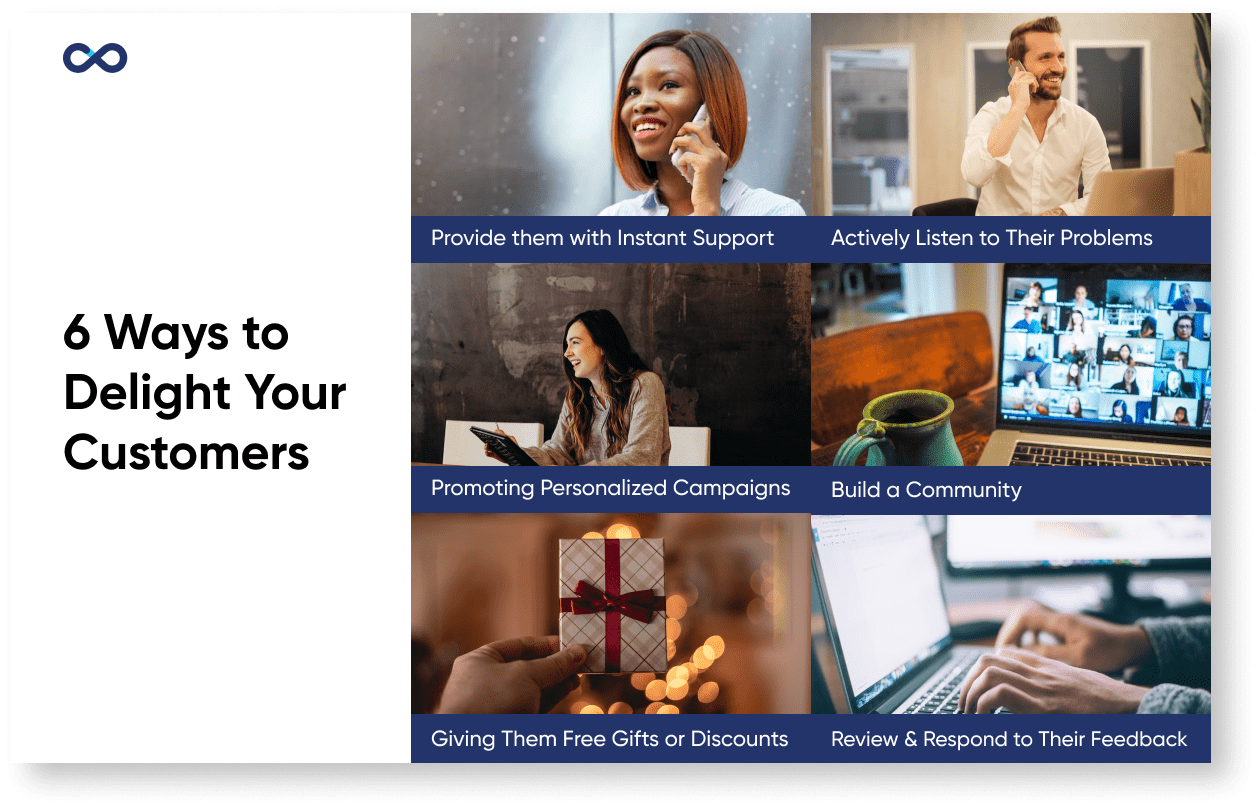
Tip 2: Offer Fast Delivery
If you’ve ever read reviews on e-commerce stores, there is a high chance that you’ll see people praise the seller for the fast delivery.
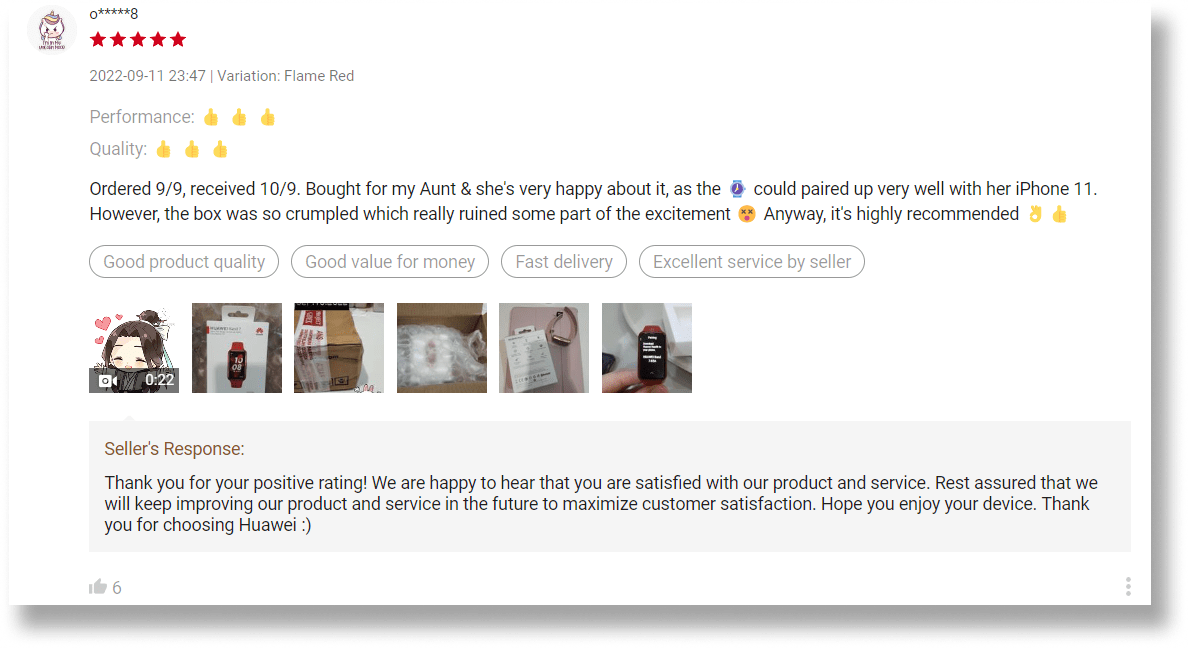
In today’s fast-paced world, customers want to be able to get their products on the same-day or next-day orders.
Although it takes time to reach a stage where you can deliver your product within a day, it should be a stage you’re working towards if you want to retain customers, especially the food and meal delivery sectors.
Tip 3: Reward Your Loyal Customers
Remember, don’t take your loyal customers for granted. Reward them so that they stick around.
You can send them additional discounts, bonus gifts, birthday specials, or other creative gifts based on your marketing plan.
If you have more resources, consider creating a loyalty program like Starbucks. However, Starbucks requires their user to use its app to track their behavior.
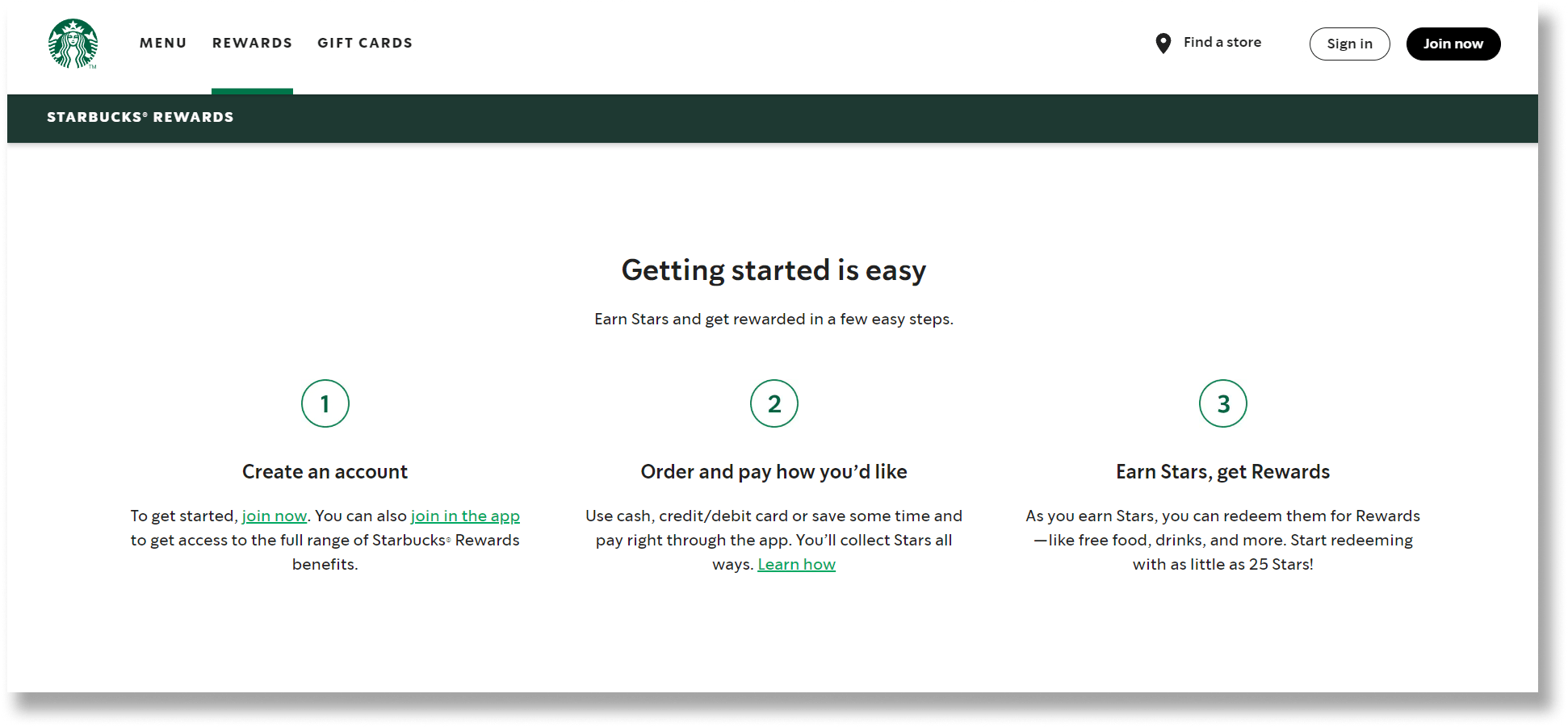
You can also set up a referral program like Spanx. By enrolling in the referral program, your loyal customer gets some benefits, thus causing them to retain your product.
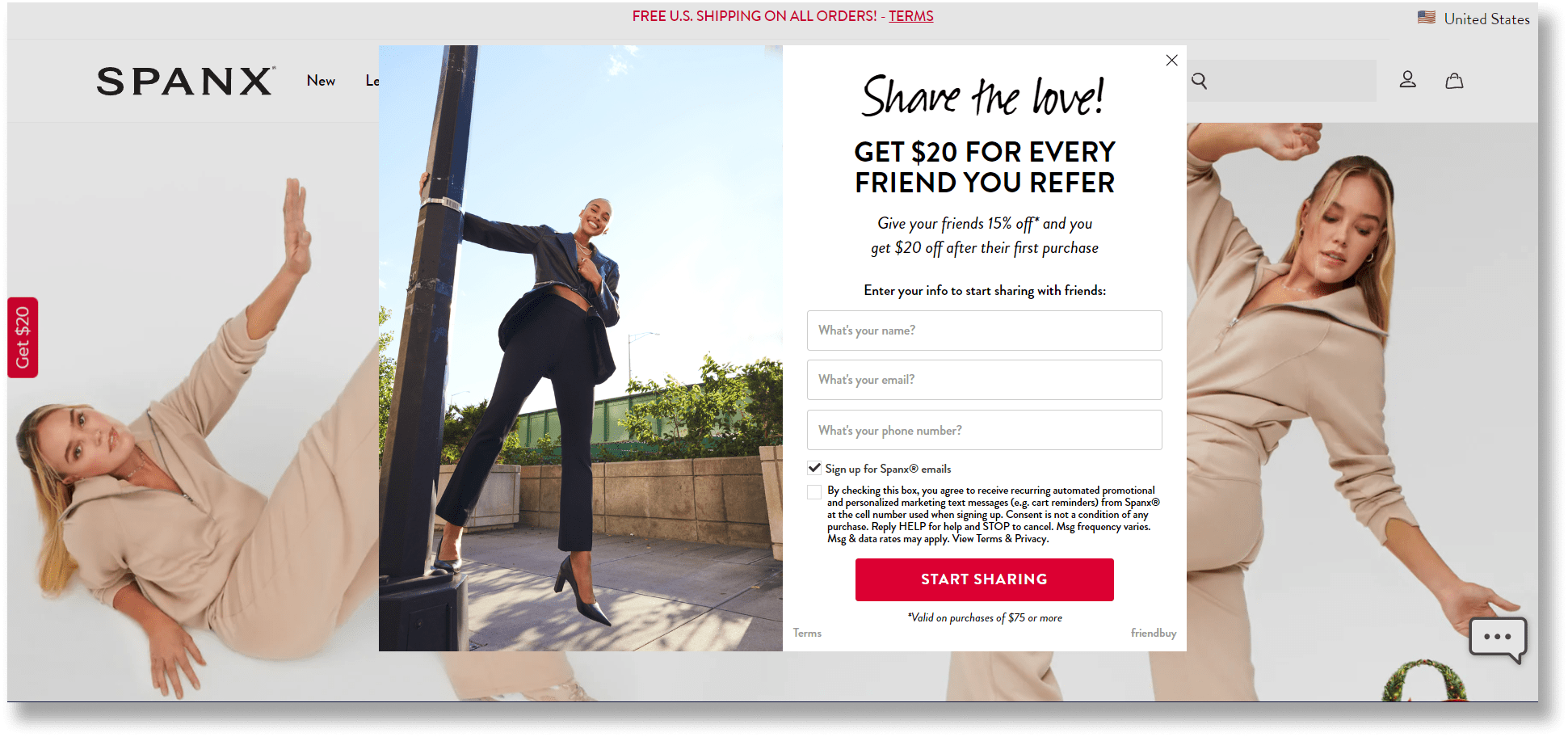
Create High-quality, Engaging Content Frequently
Many people think content marketing is not for e-commerce businesses as their primary goal is simply to sell products.
However, many e-commerce brands have proved that content marketing is one of the best ways to grow their e-commerce business as it helps to set them apart from their competitors. Some brands even opt for Web 3.0 e-commerce solutions as their competitive advantages.
By creating content that solves a specific problem, educates the potential customer, or offers valuable information, your brand can be present to a customer who progresses through the journey.
Let’s look at some content marketing methods to grow your e-commerce:
- Create a content hub that contains curated content around a specific topic. One great example is Good Good Pet, which explains almost every detail related to dogs
- Provide tutorial videos for your products like Figma
- Collect and share user-generated content (UGC). Lush Cosmetics is a great example of using UGC to turn customers into its brand ambassadors
- Interview influencers like how Crossway did
- Create blog posts and podcasts to discuss topics related to your industry. Net-A-Porter is the perfect example of blending content and commerce to drive sales.
- Share engaging content consistently such as inspirational quotes, brand stories, and customer stories through various platforms like Mastin Kipp
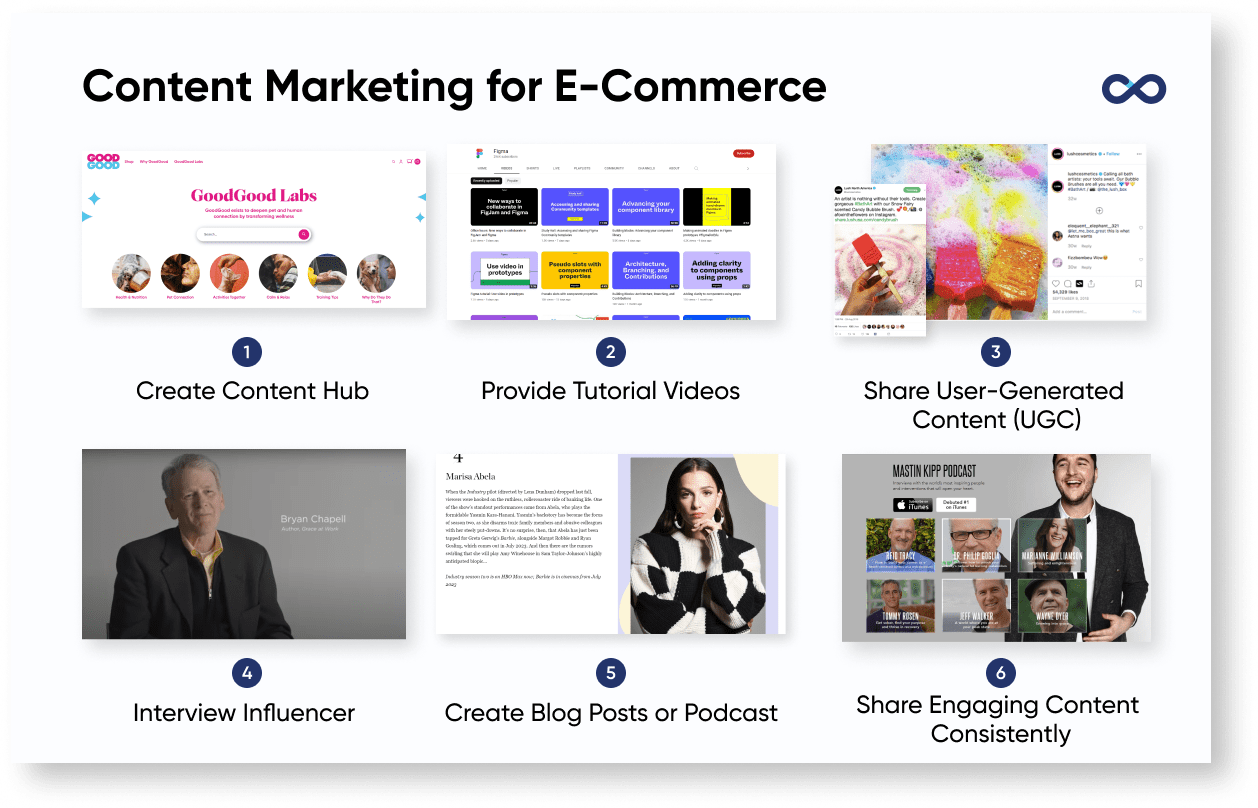
Offer Complementary Products
When people come to your e-commerce site with a particular product in mind, you can often entice them to purchase complementary products if they see how they work together.
If your e-commerce business sells clothing, consider adding a “Recommended For You” section at the bottom of each product. If you sell books, include an offer that bundles other books from the same series or publisher for a lower price than buying each item separately.
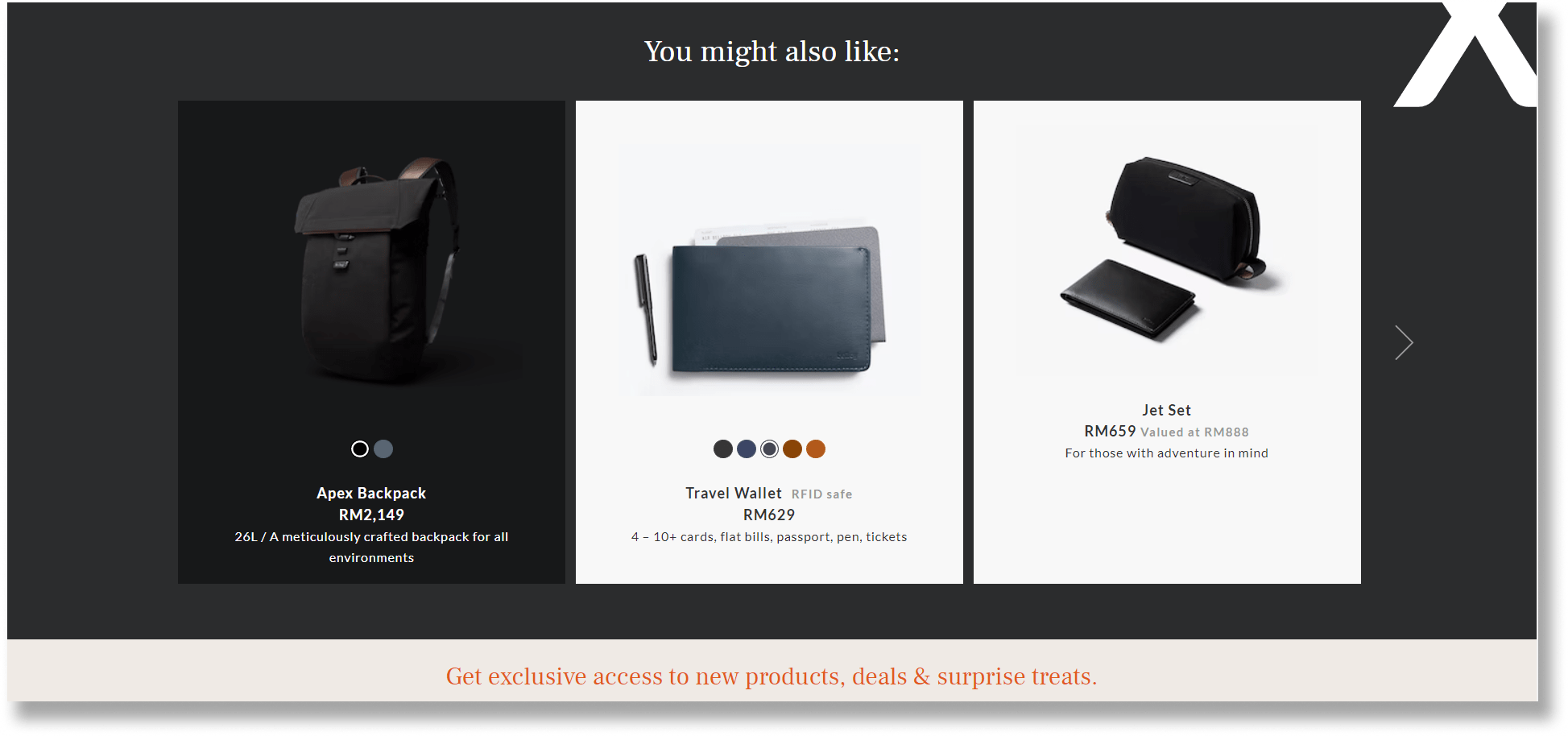
Here’s an excellent example from Nordstrom. Other than the common “You Might Also Like” panel, it also provides “Style Ideas for this Item” to encourage users to view other products, which increases the chance for the user to buy more products.
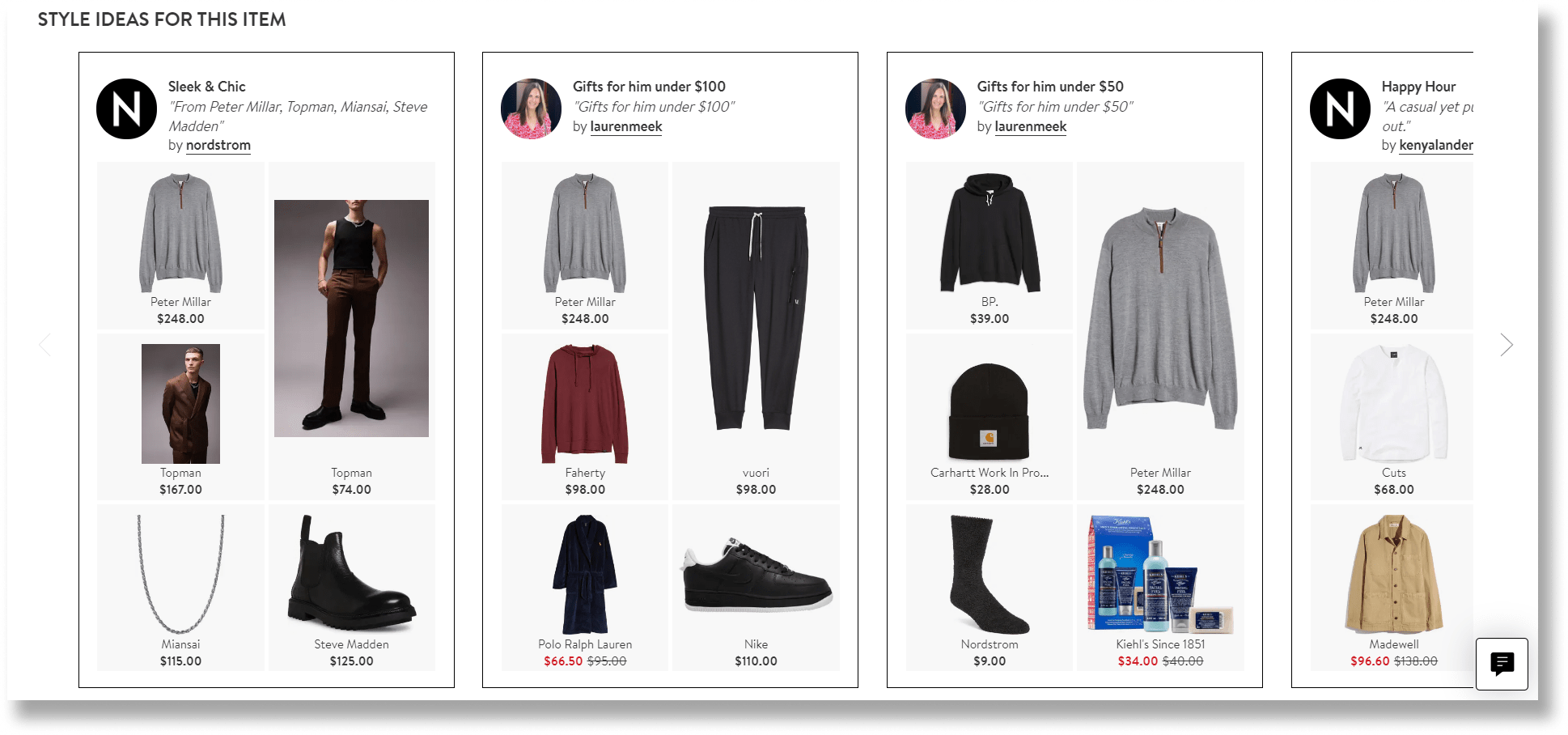
Conclusion
Although having your own E-commerce business is exciting, it’s also challenging as there is too much competition.
We know your difficulty, as VeecoTech helps many businesses develop and grow their e-commerce.
Therefore, we write this article and hope that this guide helps provide you with a clearer roadmap for growing your e-commerce business 😄
Contact us today if you need help. We’ll always be ready to help you!


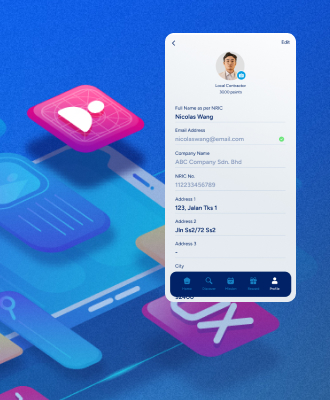


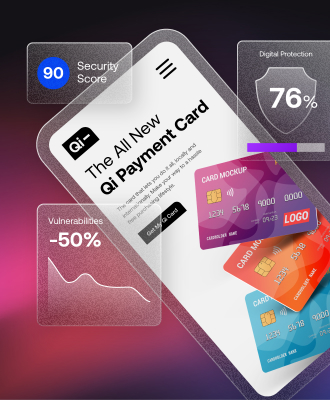
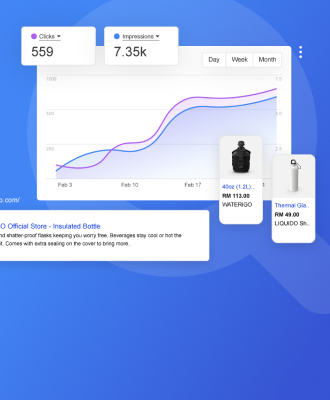
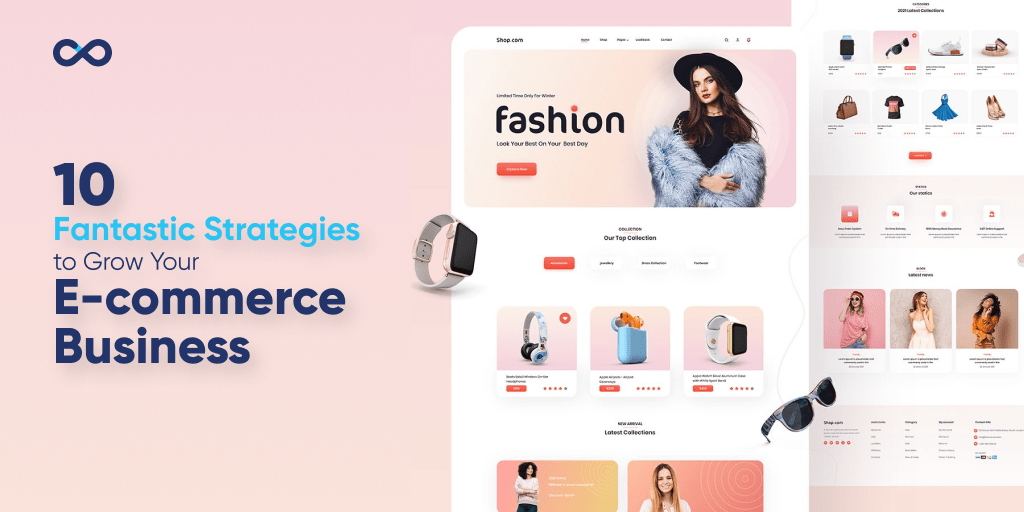


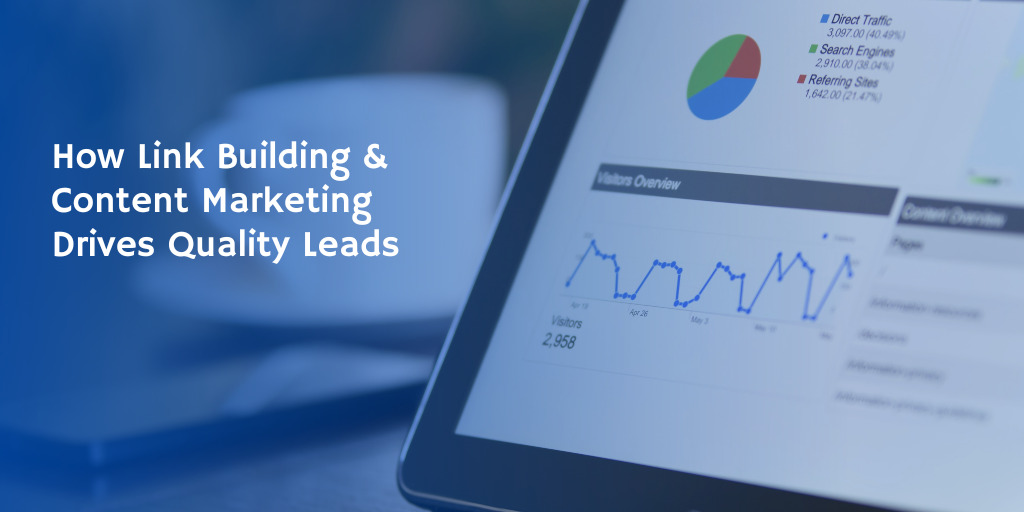



Leave A Comment